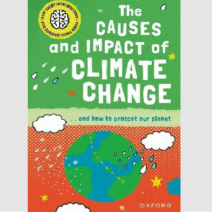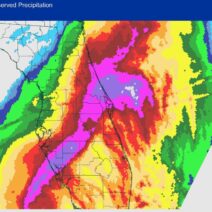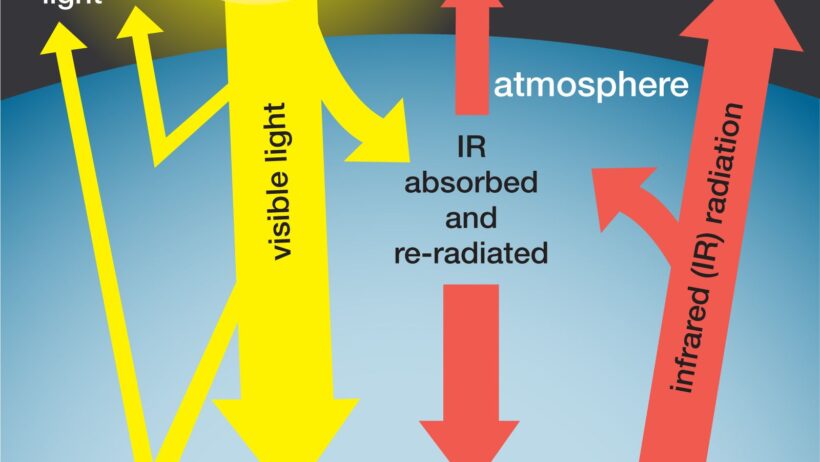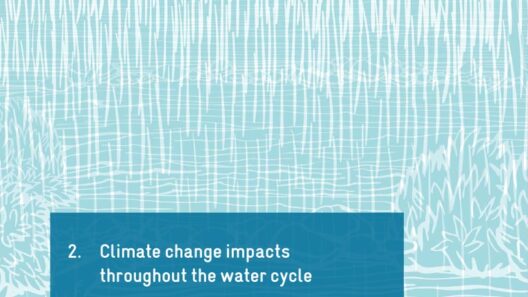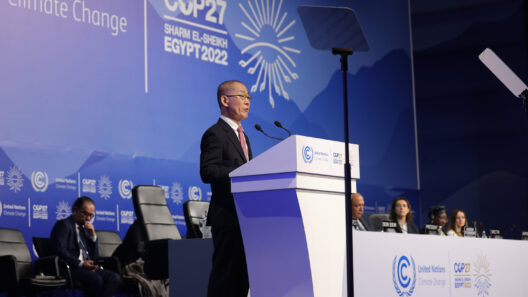The phenomenon of global warming is akin to a tightly-bound greenhouse, where the very gases meant to nurture life become agents of transformation. Central to this paradigm shift is carbon dioxide (CO2), a seemingly innocuous gas, which plays a pivotal role in influencing our planet’s climate. To comprehend the intricate dance between CO2 and global temperatures, one must first understand the underlying mechanisms at play.
Atmospheric composition serves as the enchanted tapestry that regulates Earth’s climate. The atmosphere, a delicate layer enveloping our planet, comprises nitrogen (78%), oxygen (21%), and trace amounts of greenhouse gases, including carbon dioxide, methane, and nitrous oxide. This mixture forms a protective shield, allowing sunlight to penetrate while concurrently obstructing some of the heat from escaping back into the void of space. This selective permeability is imperative; it creates a conducive environment for life to flourish.
However, when this balance is disrupted—primarily through anthropogenic activities such as fossil fuel combustion and deforestation—carbon dioxide levels begin to rise. Picture a sponge soaking up more water than it can hold; the atmosphere, overwhelmed with CO2, becomes increasingly saturated, trapping heat like a radiant oven. This is where the carbon connection takes center stage, marking the onset of climate change.
Carbon dioxide possesses a unique molecular structure that allows it to absorb and re-radiate infrared radiation effectively. This process, known as the greenhouse effect, is both natural and essential for sustaining life. Without it, Earth would resemble a frigid desert rather than a vibrant sphere teeming with biodiversity. However, as atmospheric CO2 levels ascend to unprecedented heights—currently surpassing 410 parts per million—this protective greenhouse morphs into an oppressive shroud, intensifying the heat retained within Earth’s atmosphere.
To conceptualize this escalation, envision an orchestra where carbon dioxide acts as a conductor, manipulating the symphony of climate factors. Increased levels of CO2 enhance the intensity of this performance, amplifying the ‘notes’ of warming trends. As temperatures rise, several interrelated phenomena unfold, leading to a cascade of consequences. The polar ice caps and glaciers begin to melt, yielding fresh water into oceans, which in turn disrupts aquatic ecosystems and accelerates sea-level rise. This gradual but inexorable rise acts like a creeping tide, threatening coastal habitats and human settlements alike.
Moreover, warmer air can hold more moisture, thus accelerating the hydrological cycle. This results in more intense storm systems and altered precipitation patterns. Regions that were once dependencies for agriculture may find their once-bountiful soils rendered arid, while other areas might bear the brunt of unprecedented flooding. Such shifts evoke a sense of vulnerability, whereby entire communities face the existential threat of food insecurity.
Not only does elevated CO2 alter weather patterns, but it also converts oceans into carbon sinks—body of waters that absorb excessive carbon dioxide. As the oceans absorb these surplus gases, they undergo a transformation akin to a sponge absorbing ink. This process, known as ocean acidification, disrupts marine ecosystems, particularly those of coral reefs and shellfish, creating an imbalance that reverberates upwards in the food chain. The effects ripple outwards, impacting fish stocks that countless communities rely on for sustenance.
Furthermore, the rise in atmospheric CO2 fosters a relentless cycle. As temperatures elevate, they provoke a ripple of feedback loops, where natural systems intended to mitigate CO2 emissions become sources of additional emissions. For example, as permafrost thaws in the Arctic, long-dormant methane—another potent greenhouse gas—escapes, further exacerbating the warming predicament. It creates a harrowing paradox: the very solutions sought to curb emissions become contributors to the scourge of climate change.
The physical ramifications of increased CO2 are compounded by socio-economic repercussions. Disparities will burgeon as climate resilience increasingly hinges on resources and adaptability. Vulnerable populations, predominantly in less developed regions, find themselves on the front lines, grappling with food shortages, migration pressures, and health crises exacerbated by a warming world. This climate divide invokes a moral imperative, revealing the urgent need for collective action that transcends geographical and political boundaries.
Mitigation efforts hinge on reducing CO2 emissions, transitioning to renewable energy sources, and adopting sustainable practices. The allure of technological innovation shines brightly on the horizon. Carbon capture and storage (CCS) techniques offer a glimpse into a future where emissions can be harnessed and repurposed. Reforestation and afforestation initiatives, as well as regenerative agriculture, can counterbalance atmospheric CO2 by retracing the ecological steps taken to unearth fossil fuels.
The narrative surrounding CO2 is a multifaceted one, woven into the very fabric of our climate system. It embodies both challenge and opportunity. While the current trajectory is bleak, the convergence of science, innovation, and collective will holds promising potential. The urgency is palpable; now is the moment to galvanize action and cultivate a sustainable path forward. The climate crisis beckons for humanity to respond—not just as individuals traversing through an ever-warming world, but as a united force dedicated to preserving the planet for generations yet unborn.
